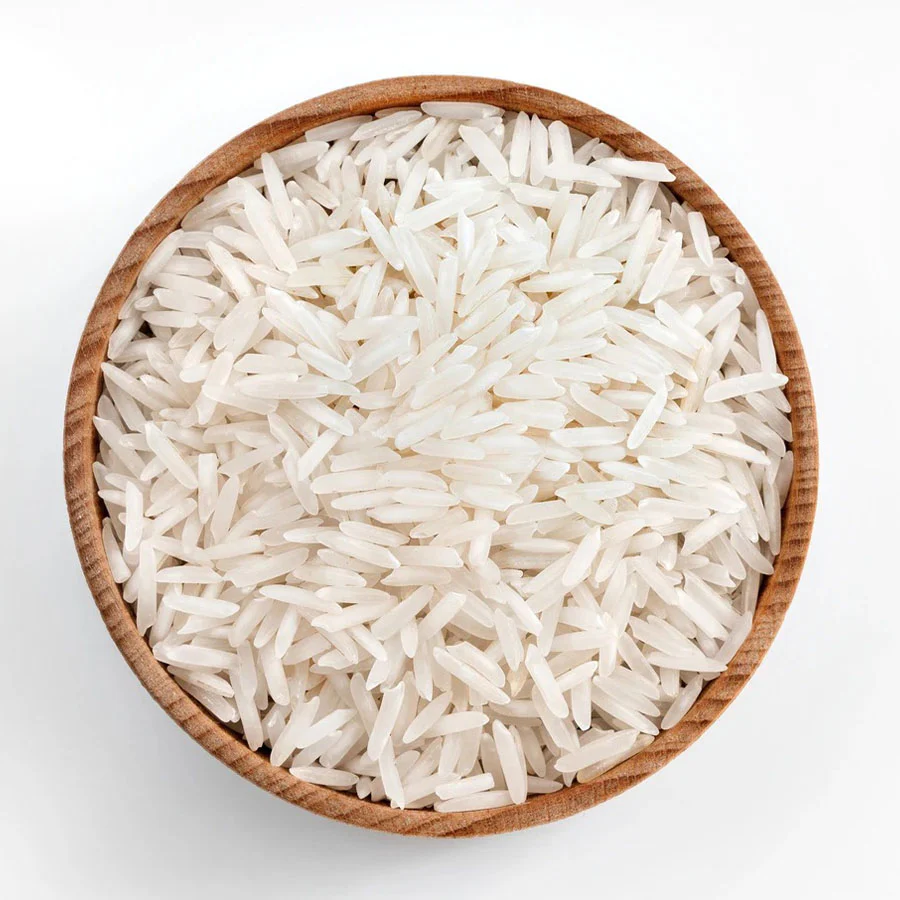
Know All About Basmati Rice
Rice is probably the most consumed staple food in the world and the most consumed grain after corn. In large parts of Asia and Africa, rice occupies a special place on the table and nowadays it can be found in any market in every corner of the world. Easy to cook and amazingly versatile, rice comes in hundreds of varieties, from different grain sizes to different starch content and aromas.
In the upcoming weeks, we will try to introduce you to a few varieties of rice. Our star for today: Basmati. Basmati is one of the better-known varieties of rice. The word “basmati” comes from the Sanskrit word “vasmati” which means “fragrant” or “aromatic”. Long-grained (the longest in fact), extremely aromatic, with a light nutty flavor. It is a variety of long-grained rice that originates in the foothills of the Himalayas and is traditionally served in Indian and other South Asian cuisines. Basmati rice can be served plain alongside various curries, braised or roasted meats, or as the main base in classic biryanis and pilafs.
It can be served white or colored and flavored with turmeric or saffron, both of which impart a characteristic yellow hue. When cooked properly the rice retains its individual, non-sticky grains, allowing curry and other sauces to coat each grain for maximum flavor, and because of this quality, long-grain rice, and basmati rice specifically, is perfect as the main side or base for curried or stewed dishes.
Now when you go to the store you might get overwhelmed by the sheer number of brands of Basmati rice you have available, especially if you live in a city with a diverse population. So how do you pick out the best one?Good basmati rice tends to be aged for a few years and will have a slight yellowish hue and pointy instead of stubby ends, with a long cylindrical body with no flat sides. The longer the grains the better and usually with really good brands will come in cloth bags and say “extra-long grain” on them.
Like all rice, basmati rice is available in white, parboil (also known as sella) and brown, with the white version produced by removing the bran from the brown version. The bran and germ provide a good dose of dietary fiber and several essential nutrients as is thus considered healthier than the white version.
The brown version has a nuttier flavor and a firmer texture. But brown basmati rice can be harder to find. Parboil or sella basmati rice has a similar nutritional value to brown rice except for the benefit of fiber and is easier to find.
We hope that armed with all this information, you would find it easy to venture into your kitchen and try out some recipes using this famous rice variety. See below for a simple but delicious recipe that can help get you started.
